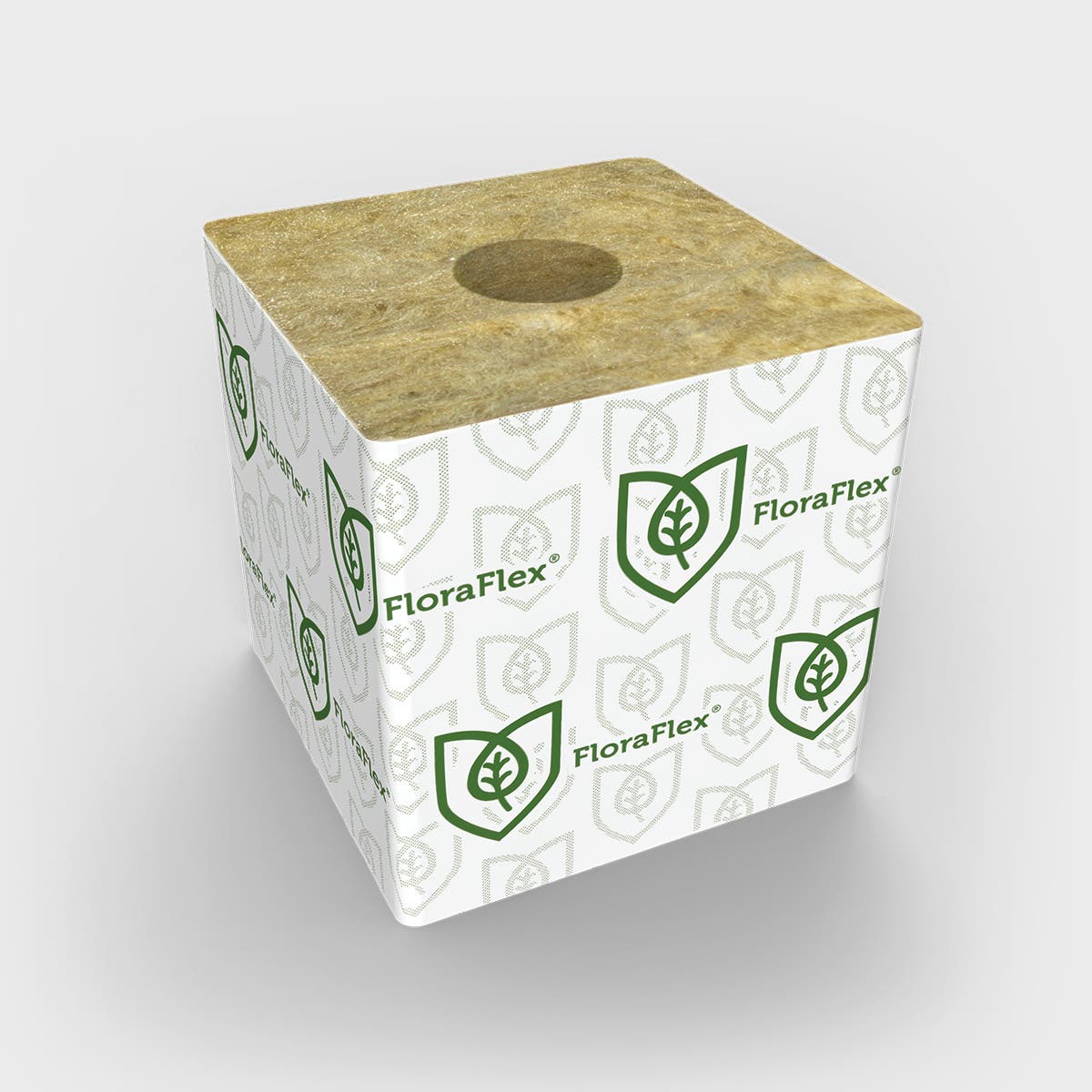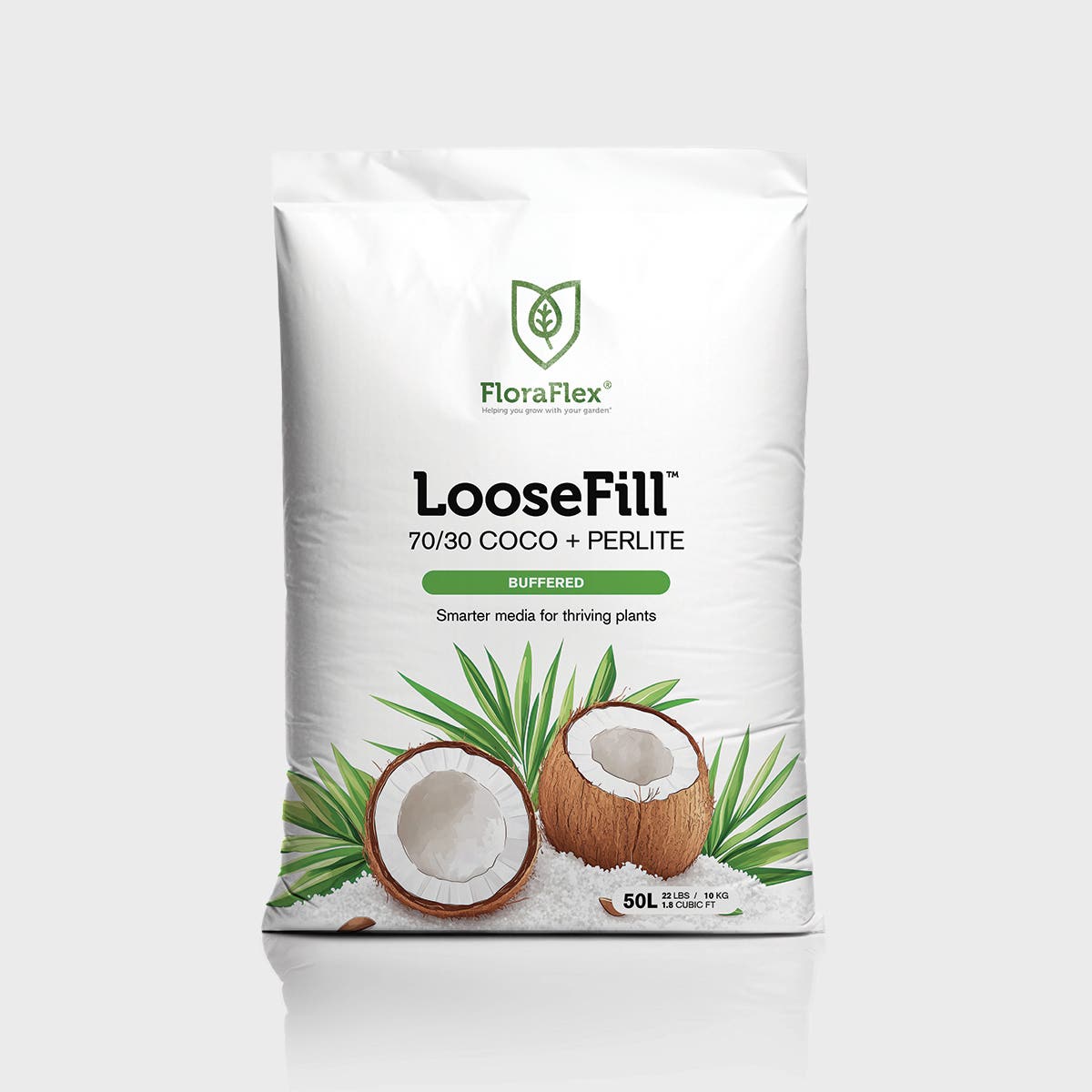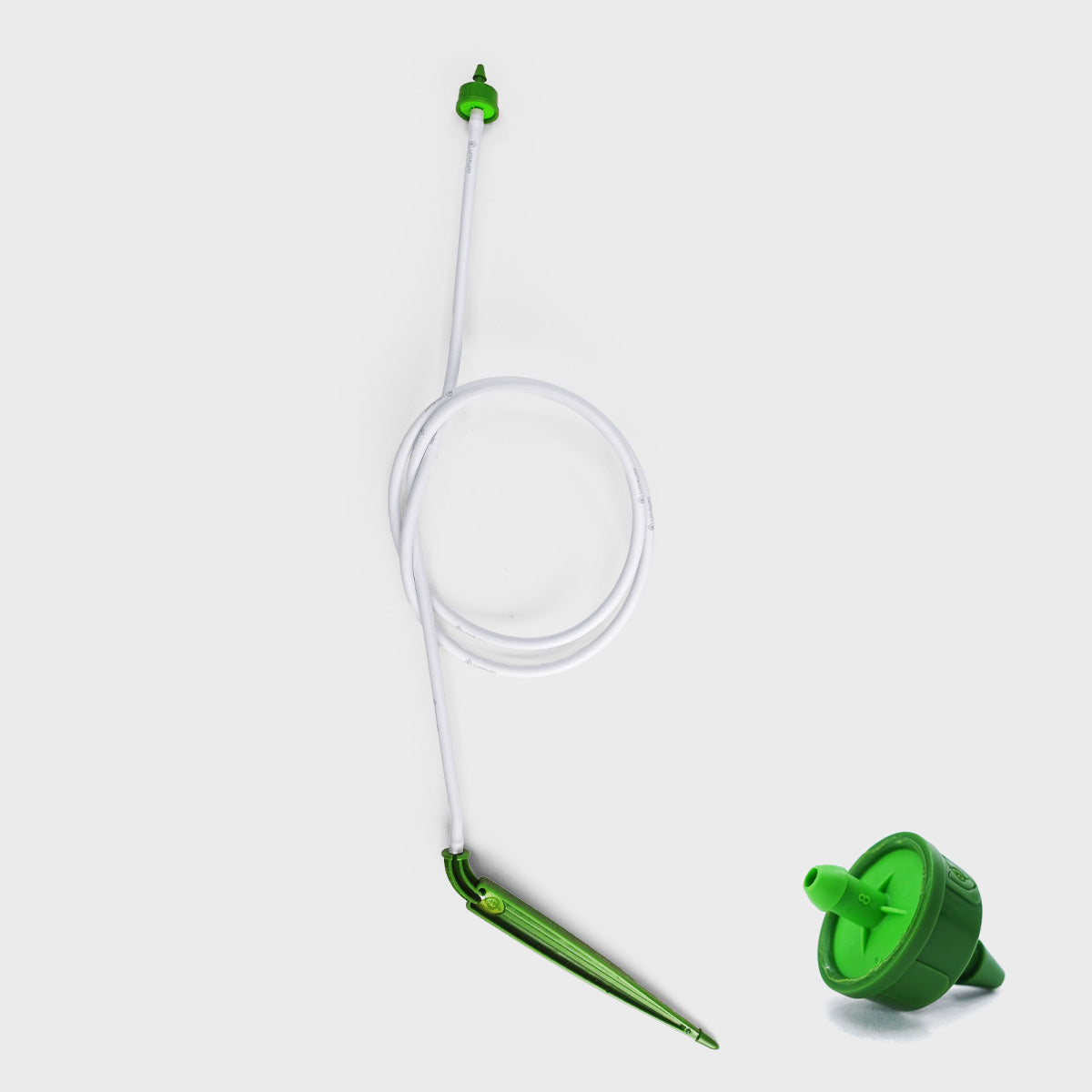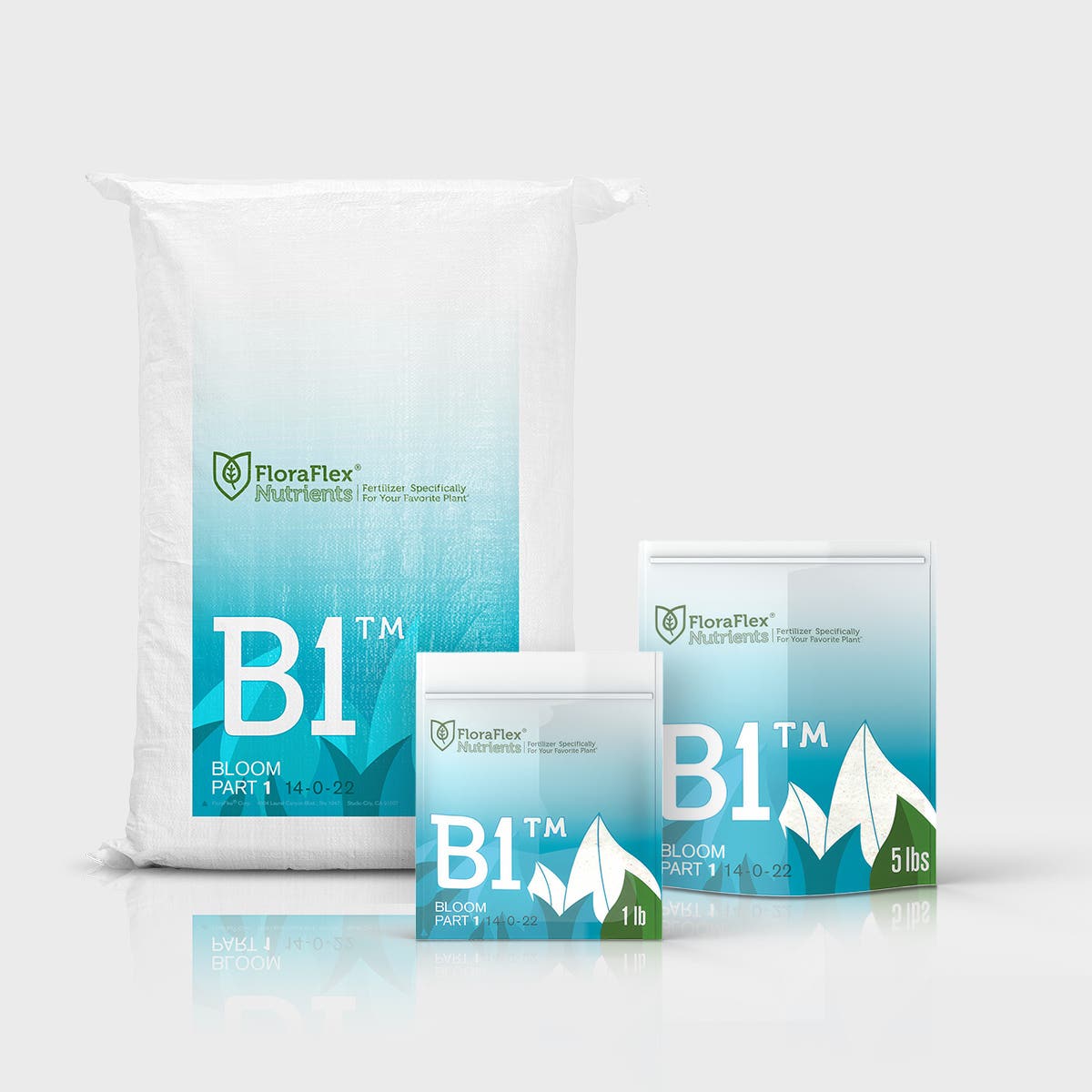Water quality plays a crucial role in cannabis cultivation, and utilizing reverse osmosis (RO) can greatly enhance the purity and consistency of water for optimal plant growth. This article explores the concept of reverse osmosis, its benefits, and how it is implemented in the context of cannabis growing. Discover how RO can help maintain water quality and improve nutrient management in your cannabis cultivation.
Understanding Reverse Osmosis
Definition
Reverse osmosis is a water purification process that removes impurities, particles, and dissolved solids through a semipermeable membrane. It involves the application of pressure to force water through the membrane, leaving behind contaminants.
How Reverse Osmosis Works
During reverse osmosis, water molecules pass through the membrane while larger molecules, ions, and impurities are left behind. This process effectively filters out impurities, such as salts, heavy metals, chemicals, and pathogens, resulting in purified water.
Benefits of Reverse Osmosis
Removal of Impurities
Reverse osmosis effectively removes various impurities, including dissolved minerals, chemicals, and contaminants present in water sources. This results in cleaner water, reducing the risk of nutrient imbalances, plant stress, and potential harm to cannabis plants.
pH and EC Control
RO water typically has a neutral pH and a low electrical conductivity (EC). This allows growers to have greater control over the pH and EC levels of their nutrient solutions, enabling precise adjustments to meet the specific needs of cannabis plants.
Reverse Osmosis for Cannabis
Water Quality Requirements
Cannabis plants thrive in water with specific quality parameters. Reverse osmosis helps meet these requirements by providing a consistent and purified water source, free from harmful substances that could hinder plant growth.
Nutrient Management
RO water provides a blank canvas for nutrient management in cannabis cultivation. By starting with pure water, growers have greater control over the nutrient composition, ensuring precise and consistent delivery of essential elements to the plants.
Implementing Reverse Osmosis
Reverse Osmosis System
To implement reverse osmosis, a dedicated RO system is required. This system typically consists of pre-filters, a semipermeable membrane, and post-filters. The RO system removes impurities and produces purified water suitable for cannabis cultivation.
Pre-Treatment Considerations
Certain water sources may require pre-treatment before undergoing reverse osmosis. Pre-filters and water softeners may be necessary to remove sediment, chlorine, and excess minerals that can potentially damage the RO membrane.
Maintenance and Monitoring
Regular maintenance is crucial to ensure the efficiency and longevity of the RO system. This includes periodically replacing filters, monitoring water quality, and cleaning the membrane as needed. Regular monitoring helps maintain optimal performance and identify any issues promptly.
Considerations and Challenges
Water Efficiency
Reverse osmosis can be water-intensive, as a significant amount of water is typically wasted during the filtration process. Growers should explore water recycling and conservation methods to minimize water waste and promote sustainability.
Cost Considerations
Implementing a reverse osmosis system involves upfront costs for equipment, installation, and maintenance. Growers should carefully consider the initial investment and ongoing expenses to determine the feasibility and benefits for their specific cultivation setup.
Environmental Impact
While reverse osmosis helps improve water quality, the process itself consumes energy and may have associated environmental impacts. It is essential to balance the benefits of water purification with the sustainability goals of your cannabis cultivation operation.
Reverse osmosis is a valuable tool in cannabis cultivation, providing purified water and enabling precise nutrient management. By understanding the process, implementing an appropriate RO system, and considering the associated challenges, growers can enhance water quality and promote optimal growth in their cannabis plants.
FAQs
-
Can I use tap water for cannabis cultivation without reverse osmosis?
- Tap water can be used for cannabis cultivation, but it may contain impurities and minerals that can affect plant health and nutrient management. Reverse osmosis helps ensure consistent and purified water quality.
-
Does reverse osmosis remove beneficial minerals from the water?
- Reverse osmosis can remove both harmful and beneficial minerals from water. However, in cannabis cultivation, nutrients are primarily provided through fertilizers. RO water allows growers to have better control over nutrient composition and avoid potential imbalances.
-
How often should I replace the filters in my reverse osmosis system?
- Filter replacement frequency depends on the water quality and usage. Pre-filters may need replacement every few months, while the RO membrane can last 2-3 years. Regular monitoring and following the manufacturer's recommendations are key.
-
Can I use reverse osmosis water directly for watering my cannabis plants?
- Reverse osmosis water alone lacks essential nutrients. It is recommended to add appropriate nutrient solutions to RO water before using it to irrigate cannabis plants.
-
Are there any alternatives to reverse osmosis for water purification in cannabis cultivation?
- Alternatives to reverse osmosis include other filtration methods like activated carbon filters or specific water treatment systems designed for cannabis cultivation. However, they may not provide the same level of purification and control as reverse osmosis.








